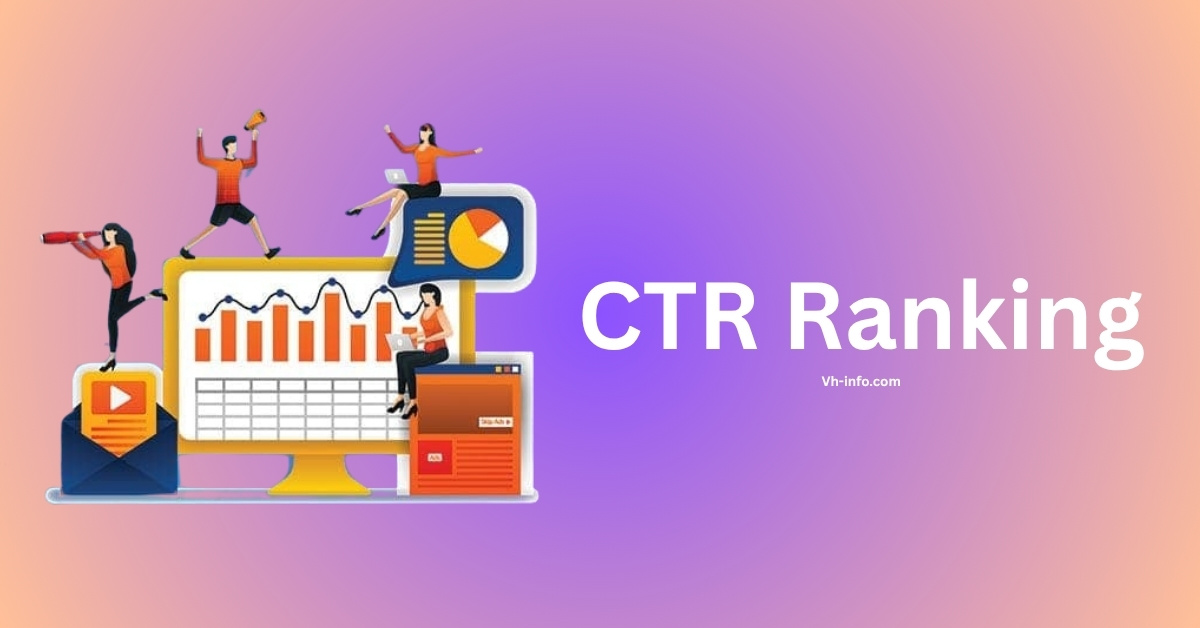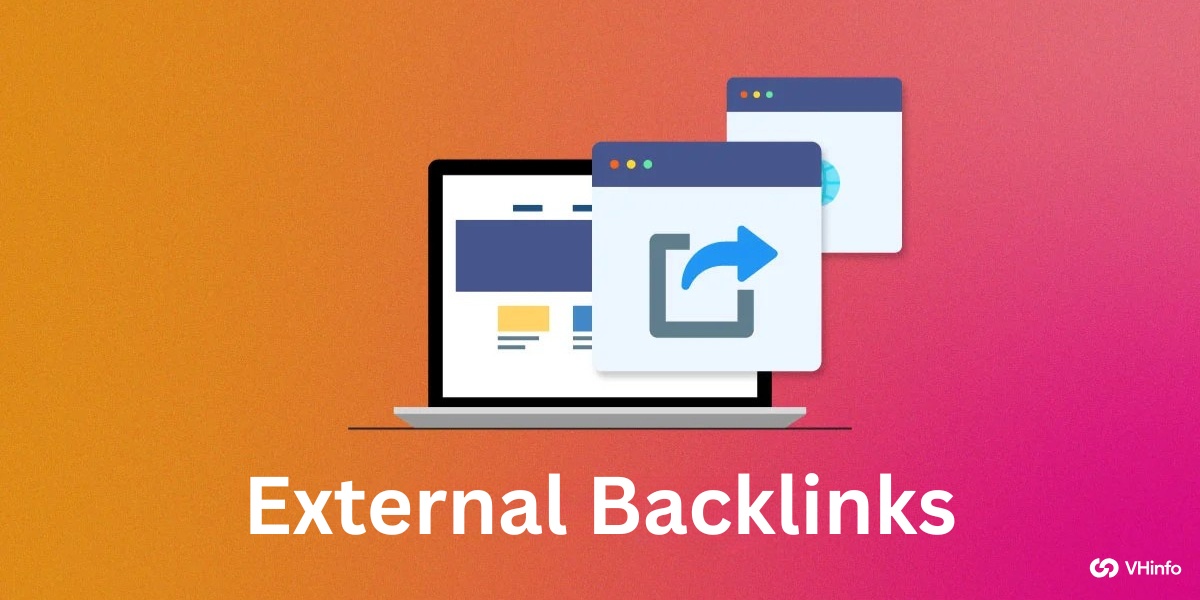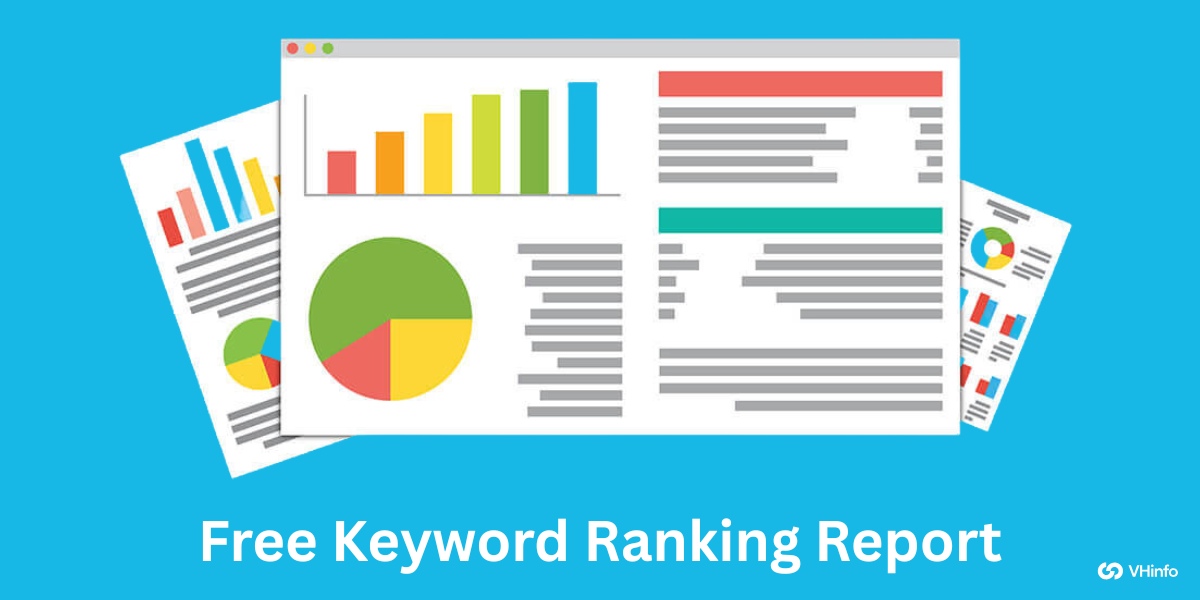Ever wondered why some websites dominate Google’s first page while others linger unseen? The secret often lies in CTR (click-through rate)—the percentage of searchers who click your link in search results.
As Google’s algorithms evolve, CTR ranking has become a key player in boosting organic traffic and search rankings. Think of it as a vote of confidence: when users consistently choose your link over others, Google rewards you with higher SERP positions.
At VH Info, we’ve helped SaaS brands crack this code.
Whether it’s tweaking title tags, refining meta descriptions, or decoding Google Search Console data, small changes to your organic search listings can dramatically improve visibility.
Forget complex overhauls—this guide breaks down simple, proven strategies to align your content with search intent, outshine competitors, and turn scrollers into visitors.
Let’s dive into how CTR optimization works and why it’s your shortcut to winning Google’s first page in 2025.
Understanding CTR and Its Importance
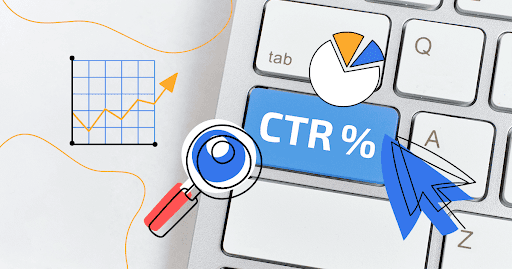
What is Click-Through Rate (CTR)?
Click-through rate is a metric that measures the percentage of users who click on your listing after seeing it in the search results. The formula is simple: divide the number of clicks by the number of impressions, then multiply by 100 to get your percentage.
For example, if your listing receives 50 clicks from 1,000 impressions, your CTR is 5%.
CTR varies significantly based on your position in the search results. Data from advanced web ranking studies shows that the first position on Google search typically achieves an average CTR of 27-32%, while the tenth position (bottom of the first page) might only see 2-3%.
This dramatic difference illustrates why moving up even a few positions can substantially increase your organic traffic.
Different industries also experience varying CTR benchmarks.
For instance, the real estate and finance sectors often see higher CTR for certain queries compared to more general informational searches. Understanding these CTR benchmarks for your specific industry provides valuable context for evaluating your performance.
Why CTR Matters For Ranking On Google Search Results Page?
Google’s search engine algorithms use CTR as a ranking signal to assess the relevance and quality of search results.
When users consistently click on a particular result over others for a specific query, Google interprets this as a sign that the content is valuable and relevant to the search intent.
This creates a powerful feedback loop: higher rankings lead to more visibility, which can result in more clicks. More clicks improve your CTR, which may further boost your rankings. This virtuous cycle is why CTR optimization has become a cornerstone of effective SEO strategies.
Google search console data confirms the relationship between CTR and rankings. Pages that achieve a higher CTR than expected for their position often see improvements in their organic rankings over time.
This indicates that user engagement metrics like CTR play a significant role in how Google evaluates content quality and relevance.
Factors Influencing CTR Ranking & SERP Position
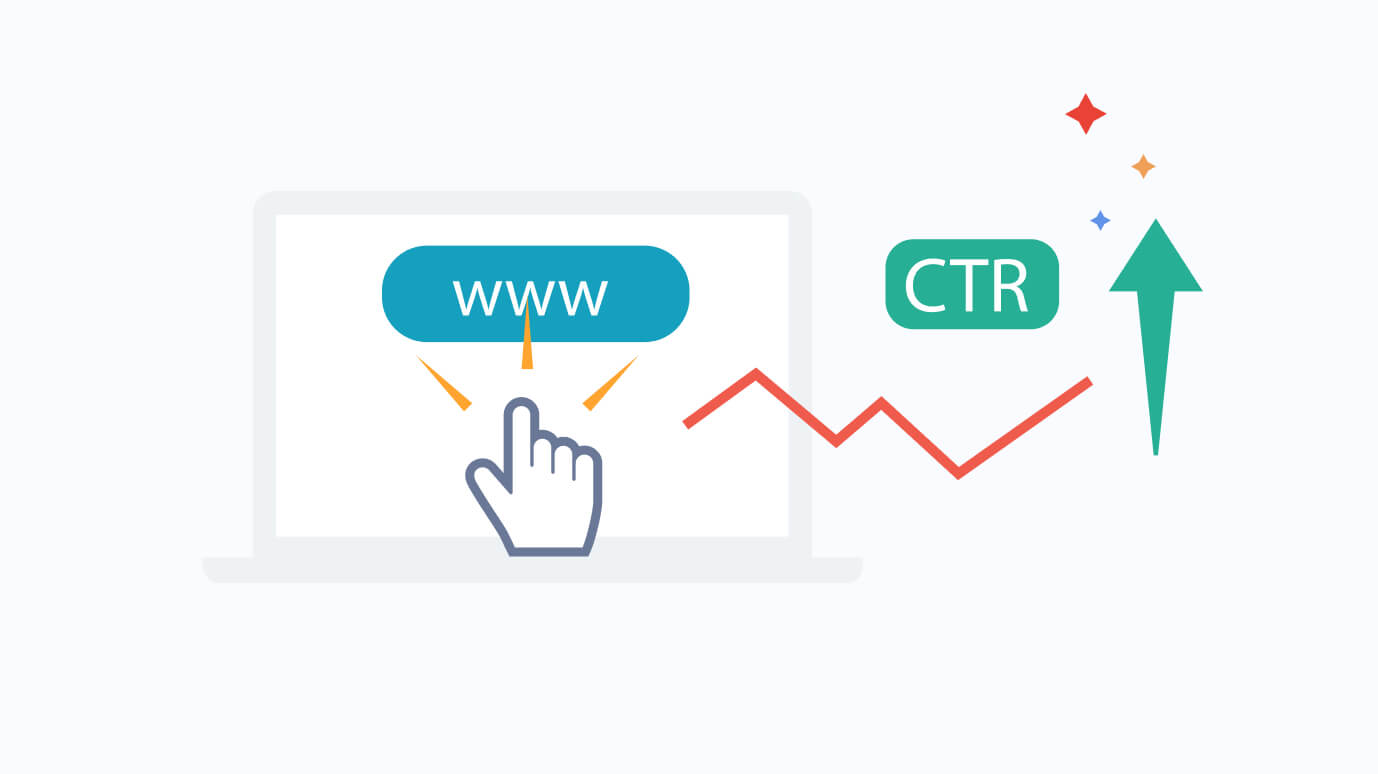
Title Tag Optimization
Your title tag is the most prominent element of your organic search result and has the greatest impact on your CTR.
A compelling title tag should accurately describe your content while including your target keyword naturally. The optimal length is 50-60 characters, as longer titles get truncated on the search results page.
Testing shows that titles with numbers, questions, or emotional triggers tend to achieve a higher CTR.
For example, “7 Proven Ways to Increase Organic CTR and Boost Rankings” typically performs better than “Methods for Improving Click-Through Rate on Search Engines.”
Remember that your title tag must balance search engine optimization with user appeal. Including your primary keyword is important for ranking, but the title must also compel users to click through to your content.
Meta Description Optimization
While meta descriptions aren’t direct ranking factors, they significantly influence your CTR. A well-created meta description acts as ad copy for your web page, convincing users that your content addresses their search intent better than competing results.
Effective meta descriptions:
- Remain under 155-160 characters to avoid truncation
- Include a clear call-to-action
- Include relevant keywords (which Google often bolds when they match the search query)
- Provide a concise preview of what users will find on your page
By treating your meta description as marketing copy rather than just an SEO element, you can substantially improve your organic click rate, even without changing your ranking position.
Headline Optimization
Your headline (H1 tag) should reinforce the promise made in your title tag and meta description. When users click through to your page, the headline confirms they’ve found what they were looking for, reducing bounce rates and improving user engagement.
Headlines should communicate the value of your content, include target keywords naturally, and maintain consistency with your search listing. This alignment between SERP appearance and on-page content builds trust with both users and search engines.
URL Structure
Clean, descriptive URLs contribute to higher CTR by reinforcing relevance and building trust. URLs that include keywords and indicate content structure typically perform better in search results than generic or parameter-heavy URLs.
Compare these two URLs:
- https://example.com/blog?id=12345
- https://example.com/improve-ctr-ranking-strategies
The second URL provides users with a clear indication of what to expect, increasing confidence and click probability.
Use Of Schema Markup
Schema markup helps search engines understand your content, enabling rich snippets that stand out in search results. These enhanced listings can include star ratings, product prices, event dates, recipe information, or other data points that increase visibility and CTR.
Implementing schema markup requires technical knowledge but often results in significantly higher CTR. For example, a recipe page with ratings and preparation time displayed directly in search results typically achieves a much higher CTR than a standard listing.
The knowledge panel, featured snippets, and local pack results that often appear at the top of Google’s search page are frequently populated using information from schema markup, making this a powerful tool for improving visibility and click rates.
How To Improve Your CTR Ranking?
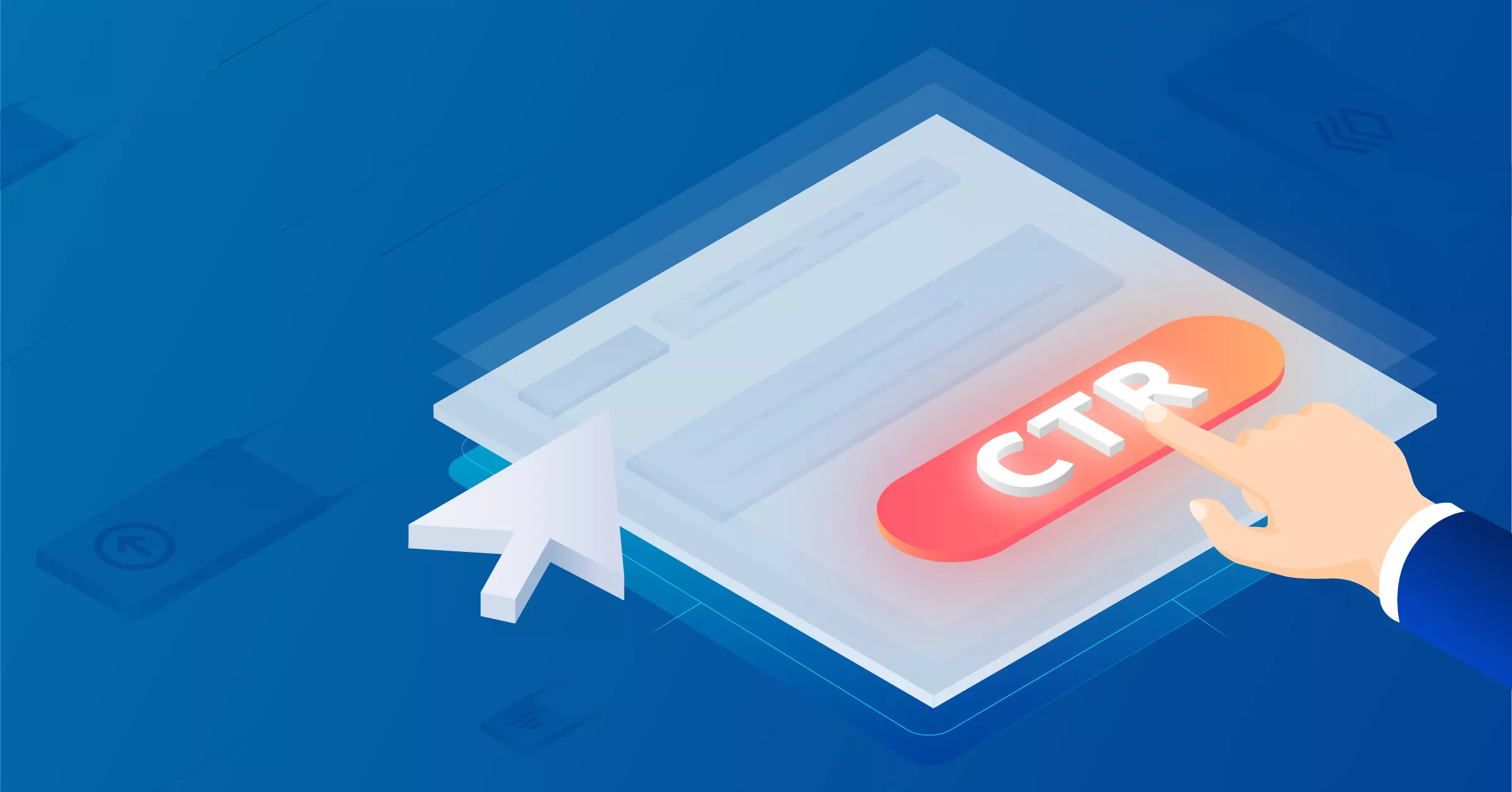
Improving your CTR ranking needs a mix of different methods. You should optimize both on-page and off-page SEO elements.
Keyword Research and Implementation
Effective keyword research forms the foundation of CTR optimization.
By understanding the specific search queries your target audience uses, you can align your content and search listings with their needs and expectations.
Tools like Google Search Console provide valuable query data showing exactly which terms trigger impressions for your site, along with the corresponding CTR for each term. This data set helps identify opportunities where your content appears in search but fails to attract clicks.
When implementing keywords, focus on search intent rather than just search volume. Content that perfectly matches what users are actually looking for will naturally achieve a higher CTR, even if the search volume is relatively lower.
Writing Compelling Titles and Meta Descriptions
Creating titles and descriptions that drive clicks requires understanding psychological triggers that motivate your target audience.
Effective elements include:
- Specificity: “Increase Your Organic CTR by 37% with These 5 Techniques”
- Urgency: “2025 Google CTR Benchmarks: Why You Need to Act Now”
- Problem-solving: “Fix Your Lower Organic CTR: Proven Methods That Work”
- Benefits: “Boost Search Rankings with These CTR Optimization Tactics”
Each organic search result is essentially competing for attention against other results on the page. Your title and description must quickly communicate why your content deserves the click over competing options.
A/B Testing Titles and Descriptions
While you can’t directly A/B test organic search listings like you can with search ads, you can use data from Google Search Console to identify patterns and make iterative improvements to your metadata.
The process involves:
- Identifying pages with adequate impressions but lower-than-expected CTR
- Creating alternative titles or descriptions
- Implementing changes and monitoring CTR data
- Comparing performance before and after changes
This methodical approach to optimization can lead to significant CTR improvements over time, especially when applied across multiple pages of your site.
Analyzing and Monitoring CTR Performance Using Google Search Console Data
Google Search Console provides the most accurate CTR data for organic search results. The Performance report breaks down impressions, clicks, and CTR by page, query, country, and device, allowing for detailed analysis of your search performance.
When analyzing this data, look for:
- Pages with high impressions but low CTR (optimization opportunities)
- Queries where you rank well but have below-average CTR
- Device-specific CTR variations (e.g., lower mobile CTR compared to desktop)
- Position changes that correlate with CTR fluctuations
Regular monitoring of these metrics helps identify both problems and opportunities to improve your organic click rate and, consequently, your search rankings.
Common Mistakes That Hurt CTR
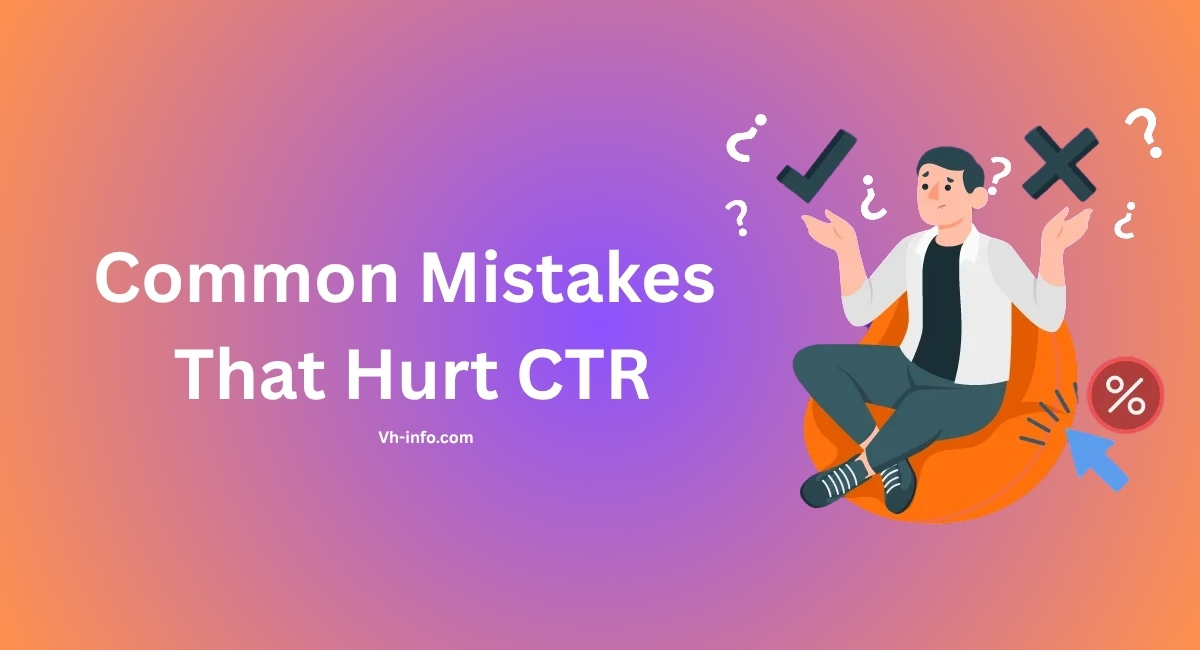
Many common mistakes can hurt your website’s CTR. This can affect its visibility and reduce organic traffic.
Mismatch Between Title and Content
One of the fastest ways to damage both your CTR and long-term rankings is to create a disconnect between your search listing and actual content. When users click through expecting one thing but find another, they quickly return to the search results (increasing bounce rate) and are less likely to click on your listings in the future.
This mismatch can occur when:
- Titles overpromise or sensationalize
- Content fails to deliver on the specific promise made in the search listing
- The primary keyword doesn’t align with the actual content focus
Google’s algorithms are increasingly sophisticated at identifying this disconnect through user signals, potentially leading to ranking penalties for sites that consistently mislead searchers.
Overstuffing Keywords
While including target keywords in titles and descriptions is important, forcing them in unnaturally damages readability and reduces CTR. Modern SEO requires balancing keyword usage with creating compelling, human-friendly copy.
Awkward phrasing like “Best CTR Ranking Tips CTR Optimization CTR Improvement” signals low-quality content to both users and search engines. Instead, focus on natural integration of keywords within genuinely helpful, clearly written metadata.
Ignoring Mobile Optimization
With most Google searches now occurring on mobile devices, optimizing for mobile CTR is essential. Mobile search results display fewer characters in titles and descriptions, making concise, impactful copy even more important.
Mobile users also have different behavioral patterns and expectations compared to desktop searchers. They often seek quick answers and may be more likely to engage with local pack results, knowledge panels, or featured snippets rather than traditional organic listings.
Testing how your listings appear on various mobile devices helps ensure you’re maximizing CTR across all platforms, rather than optimizing solely for desktop views.
CTR Ranking and User Experience
CTR ranking and user experience go hand in hand. A good user experience can boost CTRs. Higher CTRs show search engines that your website has valuable and relevant content. Users tend to click on search results that offer a smooth, engaging, and informative experience.
To create a user-friendly website, you need to think about design, navigation, content quality, and page load speed. By enhancing these factors, you can motivate users to explore more of your website. This helps to increase engagement and improve your CTR.
Page Load Speed
Page load speed affects CTR in multiple ways.
- First, Google includes Core Web Vitals as ranking factors, potentially affecting your position in search results.
- Second, fast-loading pages create positive user experiences that encourage return visits and engagement.
Users who click through to slow-loading pages often abandon them before they fully load, creating negative user signals that can harm your rankings over time. Tools like Google PageSpeed Insights can identify specific opportunities to improve loading times.
Mobile Friendliness
Mobile-friendly design goes beyond responsive layouts to include touch-friendly navigation, appropriate font sizes, and content that’s easily consumable on smaller screens.
Sites that provide exceptional mobile experiences tend to see higher engagement metrics, including time on site and pages per session.
These positive user signals correlate with improved rankings over time, creating another feedback loop that reinforces the importance of user-centered design in SEO success.
Content Relevance
The most fundamental factor affecting both CTR and rankings is the relevance of your content to the search query. Content that precisely addresses search intent at the right depth and with the right approach naturally attracts clicks and engagement.
Creating content that serves as the definitive resource for specific search queries remains the most sustainable approach to improving organic traffic. When combined with technical CTR optimization tactics, highly relevant content creates a powerful foundation for search success.
FAQ’s:
How Often Should I Update My Titles and Meta Descriptions?
Review and update your titles and meta descriptions quarterly for high-traffic pages and annually for others.
Additionally, whenever significant CTR drops occur for specific pages, investigate and potentially revise their metadata. Regular analysis of Google Search Console data helps identify which pages would benefit most from metadata optimization.
How Often Should I Review My CTR Metrics?
For sites with substantial traffic, weekly CTR reviews help identify trends and opportunities. Smaller sites may benefit from monthly reviews that look at longer-term patterns.
Focus particularly on pages targeting competitive keywords or those experiencing significant traffic fluctuations.
How Important Is CTR Compared To Other Ranking Factors?
While CTR is an important ranking signal, it works alongside hundreds of other factors in Google’s algorithm. Content quality, backlink profile, and technical SEO fundamentals remain essential.
CTR optimization is most effective when built upon a solid foundation of these core SEO elements.
Can A High CTR Guarantee A Top Ranking?
No, high CTR alone cannot guarantee top rankings.
If users click through to your site but quickly return to search results (indicating disappointment with the content), the high CTR may hurt rather than help your rankings.
CTR must be paired with positive on-page engagement metrics to positively influence rankings.
How Does Google Use Organic CTR To Determine Ranking?
Google uses organic CTR as a quality signal within its ranking algorithm.
When a listing in position #3 receives more clicks than positions #1 and #2, Google may interpret this as an indication that the content is more relevant to users, potentially leading to ranking improvements.
However, Google’s exact methodology remains proprietary.
Does CTR Differ Significantly Between Industries?
Yes, CTR benchmarks vary substantially across industries.
Research shows that financial, health, and local service queries often have higher average CTRs than more general informational queries. Understanding industry-specific benchmarks provides more meaningful context for evaluating your performance.
How Can I Improve My CTR Without Overhauling My Site?
Focus on quick wins like optimizing titles and meta descriptions for your highest-traffic pages, implementing schema markup for rich snippets, and improving page load speed.
These changes can be implemented without major site restructuring while still delivering meaningful CTR improvements.
Conclusion
Optimizing your CTR ranking requires a strategic approach that combines technical knowledge with creative marketing tactics.
By focusing on creating compelling titles and descriptions that accurately reflect your content, you can significantly improve your organic click rate and, consequently, your search engine rankings.
Remember that CTR optimization isn’t a one-time task but an ongoing process of testing, analyzing, and refining. Regular review of your Google Search Console data will reveal new opportunities to improve how your content appears in search results.
At VH Info, we’ve seen firsthand how dedicated CTR optimization efforts can transform search performance for SaaS companies.
The most successful SEO strategies in 2025 will balance technical optimization with a deep understanding of user psychology and search intent.
